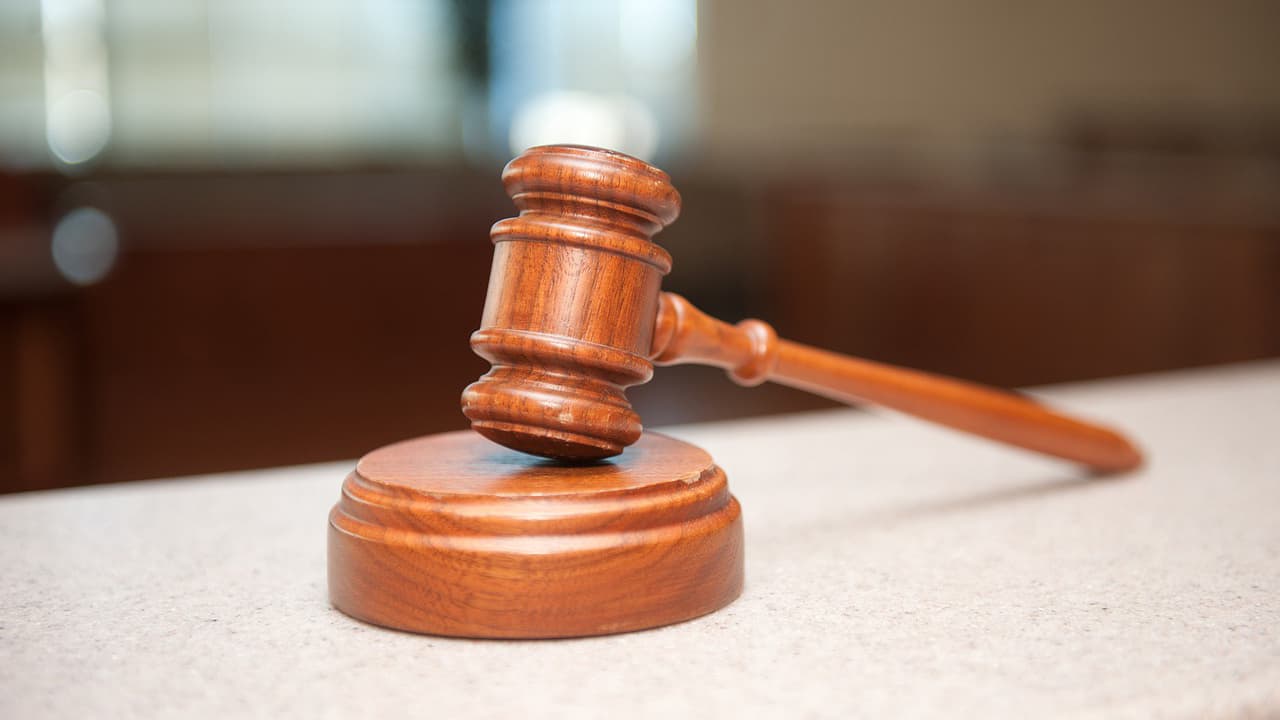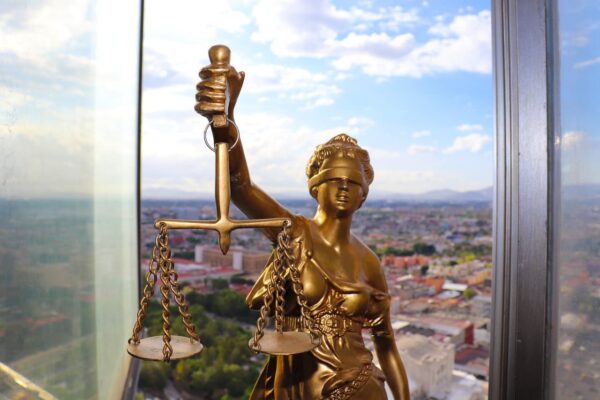Laws Against Protests in the United States
America was built on the backs of protesters. In 1765 and 1766 crowds protested loudly against British taxes and other repressive laws against the inhabitants of the colonies. When the Constitution was written, it gave every American citizen the right to assemble under the First Amendment Bill of Rights. Since then, protests have shaped the nation and led to changes such as the abolition of slavery, women’s right to vote, the civil rights movement in the 1960s and, more recently, LGTBQ+ rights.
More recently, states and the federal government have become more likely to restrict and even criminalize certain aspects of protests. The First Amendment allows the government to impose some limits on protests. However, these limits must be narrow, and they cannot violate rights enshrined in the Constitution. In Ohio, a new bill proposed by the state legislature seeks to make some protests illegal. Time will tell if this bill violates the right to assemble and protest.
What are the protections against protests in the United States?
The right of assembly is guaranteed by the First Amendment to the U.S. Constitution . Over time, the right of assembly has been used by groups to establish legal protections for unorthodox groups and the right to protest. The Supreme Court expanded the right of assembly in De Jong v. Oregon, where it extended the right to all states and stated that the right to peaceful assembly is as fundamental as the rights to free speech and freedom of the press.
The right of assembly allows citizens to participate in mass communication through the use of demonstrations, meetings, pickets, and parades. Courts often see this as an extension of the right to free speech and freedom of expression.
The First Amendment prohibits Congress and the states . It prevents them from passing laws that limit or contradict the right of citizens to peaceably assemble. However, the right of assembly is not absolute, and the government may impose restrictions on the time, place, and manner of peaceful assembly. These restrictions should not apply to the content of speech and should be narrowly tailored to serve the government’s interests.
What is the purpose of anti-protest laws in the United States?
A wave of anti-protest laws began in 2016 and 2017 in response to the Standing Rock protests . These protests attracted worldwide attention because of intense media coverage, as well as police and legislative decisions. For months, thousands of Native Americans and environmental activists protested against the construction of a pipeline through their native land. The Obama administration denied a key permit to the builders; however, months later, the Trump administration reversed that decision.
Worldwide coverage of the protests prompted federal and state lawmakers to begin trying to pass laws restricting protesters’ rights and the right to assemble. By 2017, the number of anti-protest laws had doubled, with nearly 60 bills introduced at the state level. At first, most of the bills were rejected as clearly unconstitutional.
That changed in 2018 when the American Legislative Exchange Council (ALEC) formulated the Critical Infrastructure Protection Act . It is a policy model that provides criminal penalties and fines for anyone who encroaches on “critical infrastructure.” It also recommends penalties and potential financial liability for any organization that conspires to aid protesters. The model aims to protect the oil and gas industry from protests. In doing so, it also redefines the meanings of terrorism, trespassing and sabotage. It also allows organizations to be punished for the actions of individual actors.








